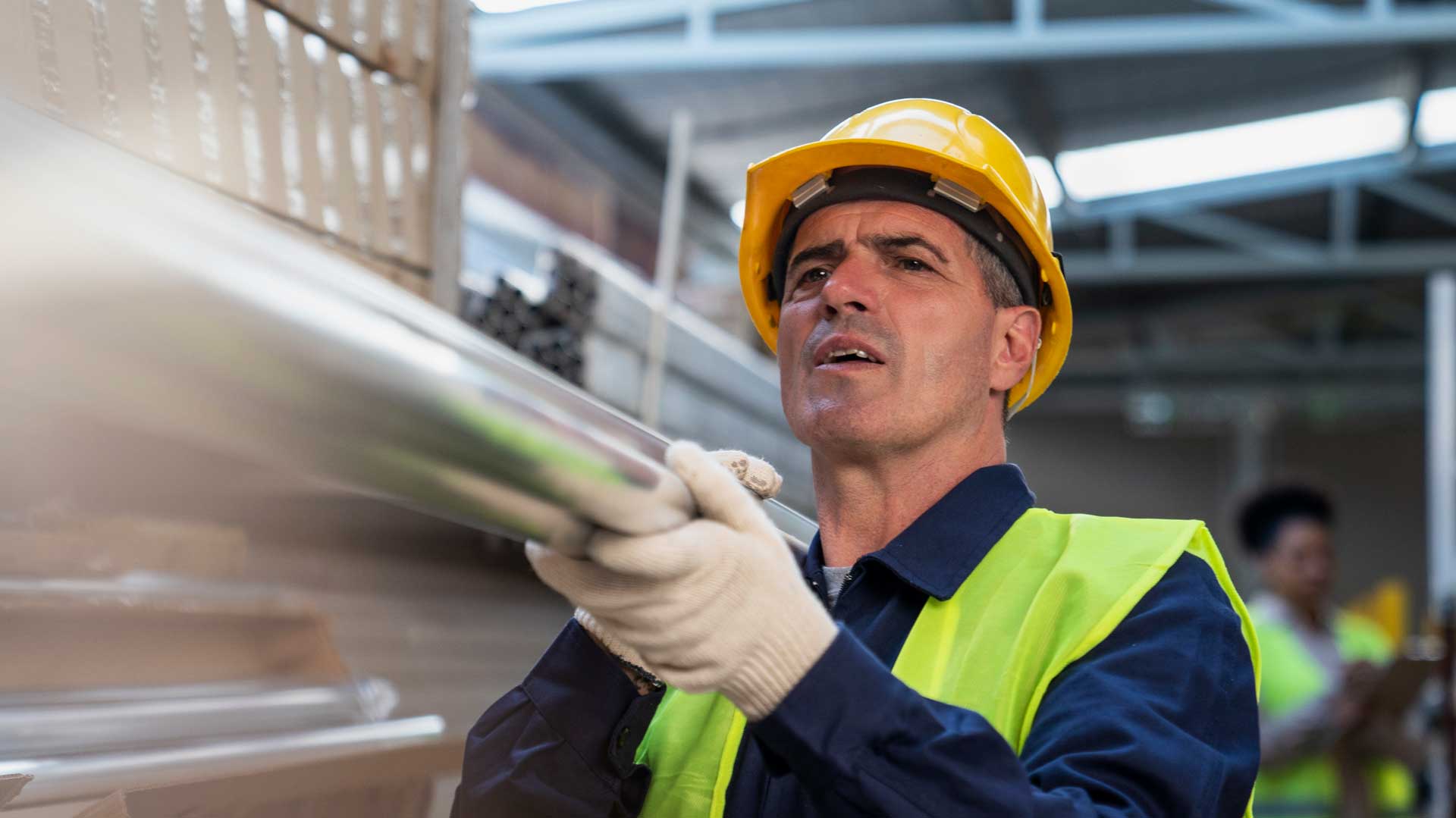The Ergonomics of Modern Material Handling Equipment
Are you familiar with the growing trend of more ergonomic material handling equipment? Did you know that utilizing ergonomic principles can have a significant impact on the efficiency, safety, and well-being of workers in industrial settings?
In fact, according to recent studies, businesses that prioritize ergonomic design and practices in their material handling processes see a big decrease in workplace injuries.
Let’s dive deep into the ergonomics of modern material handling equipment and explore how it can benefit not only the workers but also the overall performance of your organization. Whether you are a decision-maker in manufacturing, an engineer, an operator, or an ergonomist, this article will provide you with valuable insights and practical solutions to enhance your material handling operations.
Understanding Ergonomics
Ergonomics, also known as human factors engineering, is the scientific study of designing and arranging workspaces, tools, equipment, and tasks to fit the capabilities, limitations, and needs of each individual. The goal of ergonomics is to optimize the interaction between people and their work environment to maximize productivity, lessen fatigue, and minimize the risk of injuries and musculoskeletal disorders.
When it comes to material handling, ergonomics plays a crucial role in ensuring the well-being of workers and the efficiency of the process. By considering the physical and cognitive abilities of individuals, ergonomic design principles can be applied to minimize strain, fatigue, and repetitive motion injuries commonly associated with material handling tasks.
Importance of Ergonomic Material Handling Equipment
Material handling equipment refers to machinery, tools, and systems used to move, store, control, and protect materials and products during the manufacturing, distribution, and warehousing processes. Whether it’s forklifts, conveyors, pallet jacks, or lifting devices, incorporating ergonomic design features and practices into the development of material handling equipment can lead to significant benefits.
Minimize Injuries
The manual handling of heavy and awkward materials can put workers at risk of developing musculoskeletal disorders (MSDs). These injuries, such as strains, sprains, and back problems, can not only cause pain and suffering for the individuals but also result in costly workers’ compensation claims and lost productivity for the organization.
Thankfully, by implementing ergonomic solutions in material handling equipment, such as adjustable controls, proper hand tools, and reduced vibration, the risk of injuries can be greatly mitigated.
Reduce Strain and Fatigue
Repetitive lifting, twisting, and reaching motions can lead to fatigue and strain on the body, particularly in the back, shoulders, and wrists. Around 9% of workers have repetitive strain injuries every year.
Ergonomically designed material handling equipment takes these factors into account by incorporating features like adjustable heights, padded handles, and anti-fatigue flooring. By reducing physical strain and fatigue, workers can maintain their energy levels throughout their shifts, resulting in increased productivity and overall job satisfaction.
Improve Efficiency
Efficiency is a key factor in material handling operations, as it directly impacts the speed, accuracy, and quality of the work being performed. Ergonomic material handling equipment can contribute to improved efficiency by enhancing worker comfort and reducing the time required to complete tasks. For example, the incorporation of ergonomic controls can make equipment easier to operate, reducing the learning curve and minimizing the risk of errors.
Implementing Ergonomic Solutions
Now that we’ve discussed the benefits and importance of ergonomics in material handling equipment, you may be wondering how to implement ergonomic solutions in your organization. Here are some practical steps to get started.
Conduct an Ergonomic Assessment
Conducting an ergonomic assessment in your workplace begins with a solid understanding of ergonomic principles. This involves learning about human body mechanics and how to adapt workplace layouts and tasks to suit the capabilities of the workforce. Start by identifying the areas or tasks that need assessment, especially where work-related musculoskeletal disorders (MSDs) are a concern.
Engage with employees to gather insights into the physical challenges they face in their roles, as this can reveal specific problem areas that might not be obvious at first glance.
The next step is to conduct a thorough risk assessment of each task or workstation. Look for risk factors like repetitive movements, awkward postures, prolonged sitting or standing, heavy lifting, or poor workstation design. Utilize ergonomic assessment tools like Rapid Entire Body Assessment (REBA), Rapid Upper Limb Assessment (RULA), or the Ergonomic Assessment Worksheet to systematically evaluate risk levels.
Observing employees while they perform their tasks is crucial. Take notes, and if possible, photographs or videos to document current work processes, postures, and interactions with tools and equipment.
Modify Existing Equipment
Modifying equipment to be more ergonomic involves making adjustments or additions that align with the natural posture and movements of the body, thereby reducing strain and improving comfort. Start by evaluating the existing equipment in terms of how it’s used and the physical demands it places on users.
Straight-forward modifications to the existing workplace may include redesigning tools to reduce the need for awkward hand positions, adding handles or grips to ease manual handling, or altering the height of workbenches to reduce the need for bending or stretching.
Beyond physical modifications, consider the integration of technology to enhance ergonomics. Implementing adjustable, motorized equipment can allow for easy customization to suit different users, reducing the physical exertion required for tasks like lifting or moving heavy objects.
Invest in Ergonomic Material Handling Equipment
When purchasing new material handling equipment, prioritize those models that have been specifically designed with ergonomic features. Look for adjustable controls, anti-fatigue flooring, intuitive user interfaces, and safety enhancements.
Consider the Ergonomic Material Handling Equipment
The ergonomics of material handling equipment have a substantial impact on the well-being and performance of workers in commercial and industrial settings. By implementing ergonomic design principles and solutions, organizations can minimize injuries, reduce strain and fatigue, and improve overall efficiency.
Whether it’s modifying existing equipment or investing in ergonomically designed alternatives, the benefits far outweigh the costs. So, take action now to prioritize ergonomics in your material handling operations and reap the rewards of a safer, more productive workplace.
If you’re ready to optimize your material handling processes with ergonomic solutions, feel free to reach out to contact us and let our experts help.



